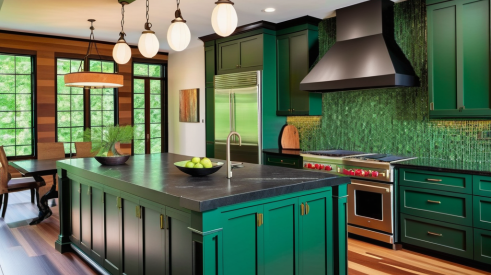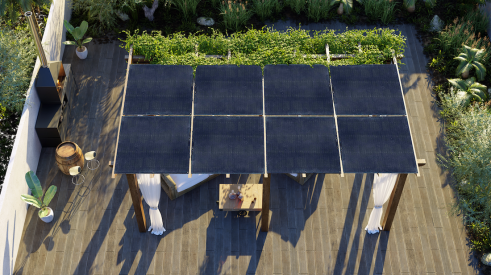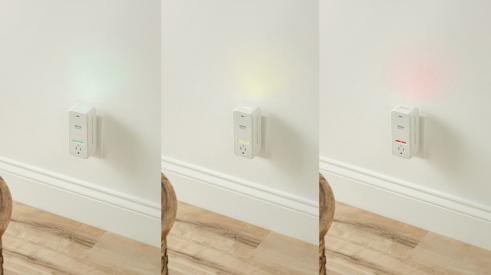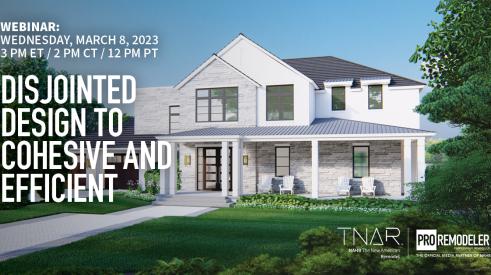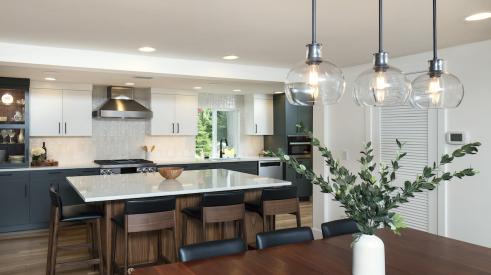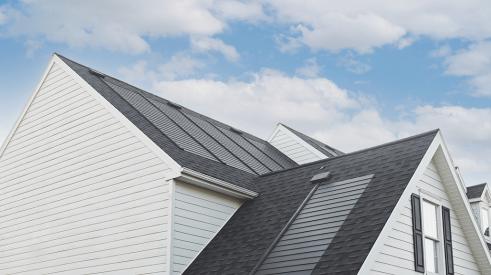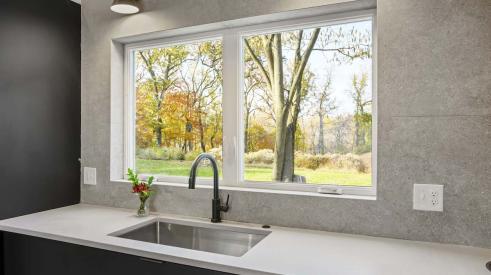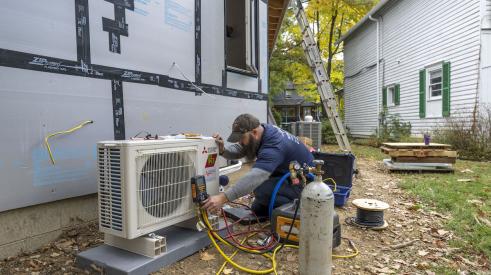 |
The EnergyValue Housing Award (EVHA) has been a long-standing and prestigious award in the new construction industry for the last 15 years. Now, in addition to new homes, the awards program will also provide an opportunity for builders and remodelers to showcase the energy-efficiency upgrades and performance improvements they've built into existing homes.
With nearly 130 million existing homes in the United States, many that are in need of significant improvements to reduce energy consumption, the U.S. Department of Energy, EVHA's primary sponsor, saw a major need to shift some of its focus from new to existing homes. Starting with the 2011 award application cycle, EVHA will have an Existing Homes category. The judging criteria will focus on the same criteria as the EVHA New Home Category: application completeness; energy value; design; construction; marketing and customer relations; and energy program participation. Builders and remodelers can enter single-family homes, multifamily buildings or reconstruction (gut/rehab) projects. The entries will also be grouped according to the project's climate region — hot, moderate, or cold — as the new-home submissions are.
For this competition, eligible entries must be existing homes that have been significantly retrofitted, remodeled or renovated with a specific focus on energy upgrades or improvements. Applications will be required to include details about the home both pre- and post-renovation, including any changes in the structural, mechanical, plumbing or electrical systems. Pre- and post-renovation test data and inspection reports should be used to back up any claimed improvements in a home's performance. Applicants should also discuss strategies behind why the changes were made and the selection process they went through to determine the best options to accomplish their specific energy efficiency goals while keeping within the clients' budget. Judges will look at overall energy performance improvements in a home, integration of energy considerations into the project's design, product selection and innovations used to accomplish greater energy savings.
Further eligibility requirements include:
- All U.S. home builders/remodelers whose primary occupation is constructing or remodeling homes are eligible for participation. Applicants need not be members of NAHB or a local home builder association.
- Submitted existing-home projects must have been completed after Jan. 31, 2008, and before the application was submitted. In addition, the project must include an emphasis on whole-house energy savings.
- Existing home projects with additions of less than 75 percent of the existing building or dwelling unit's conditioned floor area (as defined in the ICC 700-2008 National Green Building Standard Section 305.1 (2)) are eligible for entry in the Existing Home Award.
- Projects that include additions larger than 75 percent of the existing building or dwelling unit's conditioned floor area will be considered new construction and should be submitted in the appropriate EVHA New Home category.
The 2011 applications for both the new and existing homes categories are now available online; visit www.nahbrc.org/evha/retrofit for more information on this new award category and to download an application. You can also contact Debra Sagan, EVHA project manager at the NAHB Research Center, at 800/638-8556, ext. 6210. Applications for the Existing Homes category must be postmarked by July 30. (New Home category applications must be postmarked by June 30).
Related Stories
Working Toward Affordable, Resilient Homes
A new natural disaster protection act from NAHB aims to support hazard mitigation projects
Client Design Choices in the Time of Social Media and AI
Social media speeds up the trend cycles, and now artificially created images are falling into homeowners' hands
Indoor Air Quality Gets Smart
A home's air quality can now be cloud connected and fully automated with this innovative product
Webinar: From Disjointed Design to Cohesive and Efficient—The New American Remodel 2023
Access the recording for the first The New American Remodel webinar held on March 8 at 2 pm CT
5 Standout Energy-Efficient Products Spotted at IBS 2023
See what this green remodeler recommends from the show floor
Innovative Products: GAF Energy Timberline Solar Shingles
GAF Energy’s latest innovation has taken the solar world by storm
Detailed Design: Benefits of Biophilism
See the details our Model ReModel contractors chose to infuse nature into their ADU
Heat Pumps Now Required in Washington New Construction
Washington is the second state to require heat pumps in an effort to electrify homes




